Article Not Found
Latest Posts Block
-
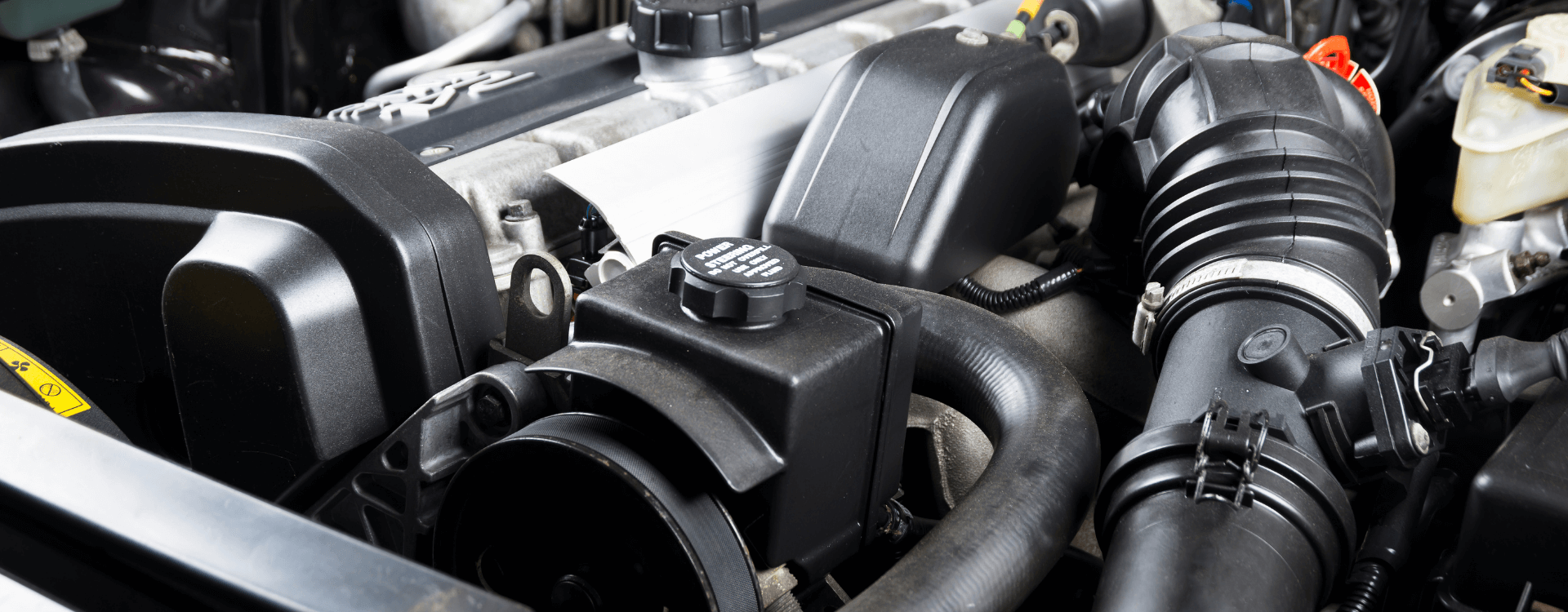 date_range 11 June 2024Read More
date_range 11 June 2024Read MoreThe EGR valve reduces pollutant emissions by reinjecting exhaust gases. It clogs up over time and needs replacing, at a cost of between £100 and £200, plus labour. Second-hand models cost between £15 and £75, but need to be cleaned thoroughly to ensure they last as long as possible.
-
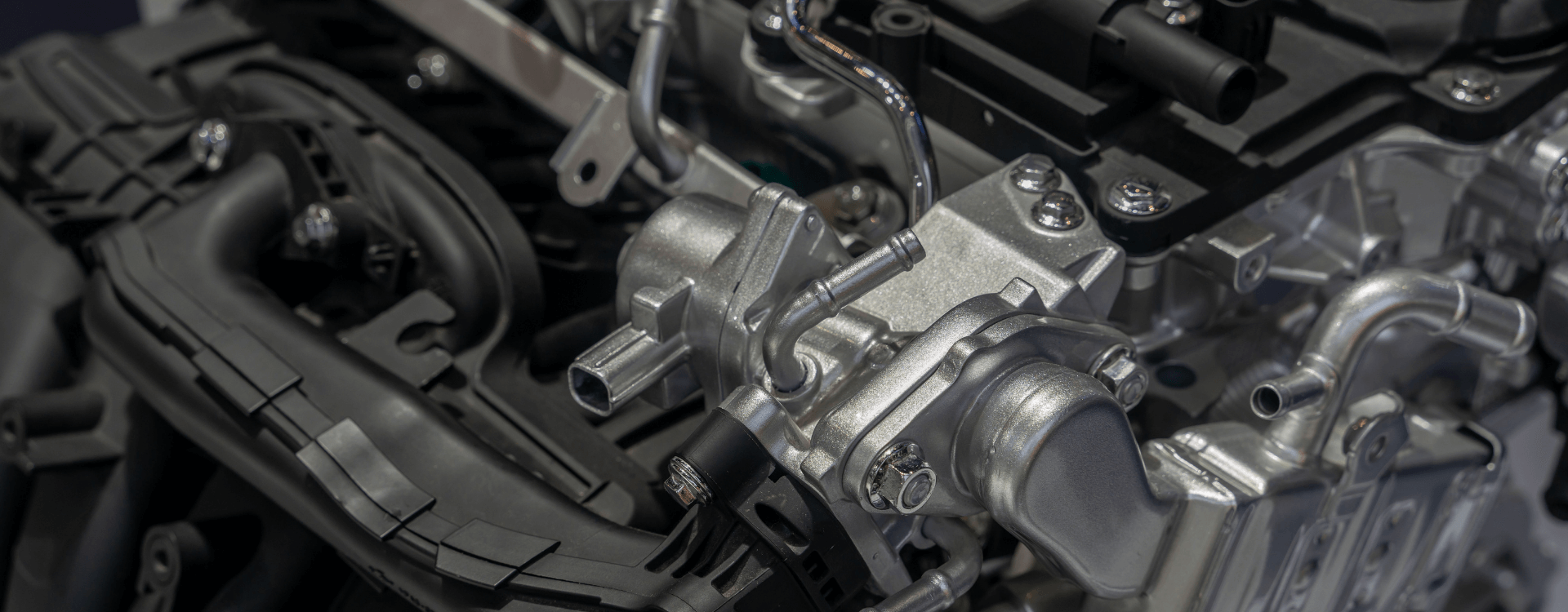 date_range 10 May 2024Read More
date_range 10 May 2024Read MoreThe EGR valve, which is essential for reducing pollution by recycling exhaust gases, can quickly become clogged, especially in urban diesel cars. Simple methods, such as driving at higher engine speeds on the road, help to eliminate deposits. For in-depth cleaning, a garage is recommended. Specific additives can also prevent clogging, especially for urban driving. Avoiding short journeys and under-revving also helps.
-

Cordierite vs Silicon Carbide: A guide to choosing between DPF and high quality catalytic converters
date_range 12 April 2024Read MoreIf you need to replace your car's diesel particulate filter or catalytic converter, the choice between silicon carbide and cordierite is crucial. Opt for silicon carbide for better filtration quality and longer life. Cordierite, although cheaper, offers slightly lower performance. Choose quality materials to avoid premature breakdowns and optimise your vehicle's performance.
-
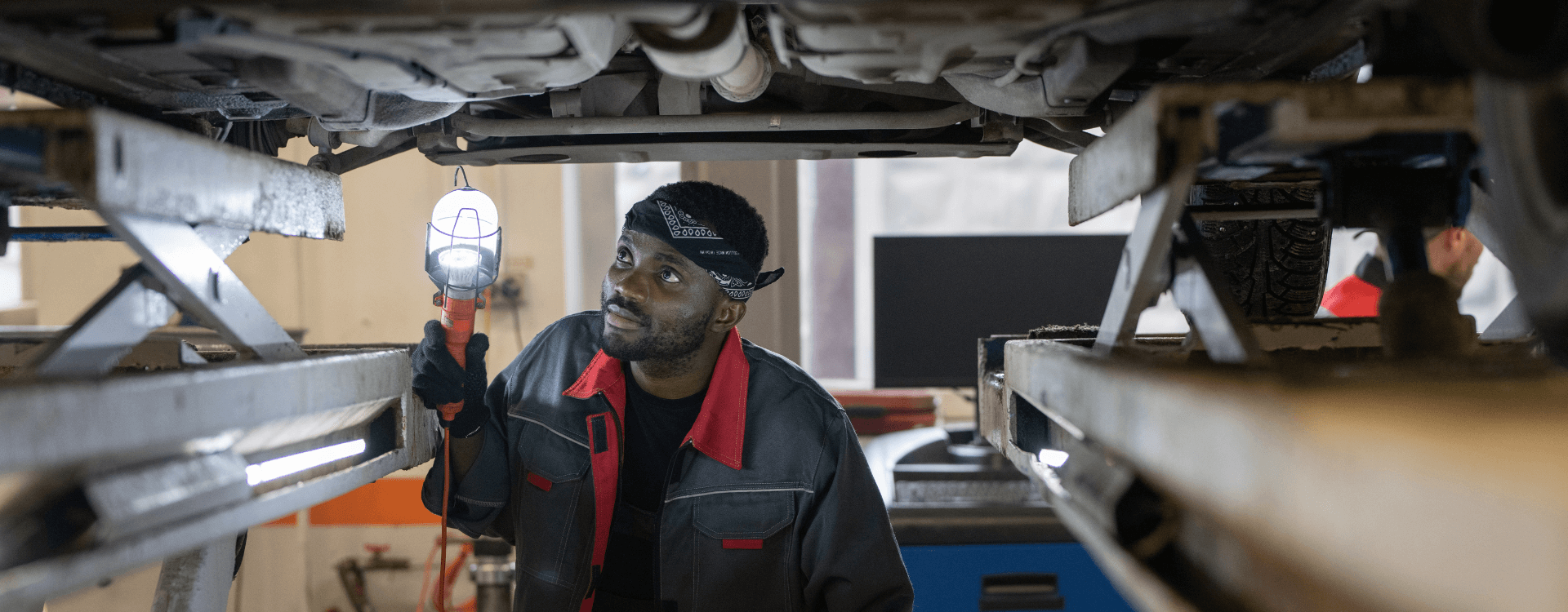
-
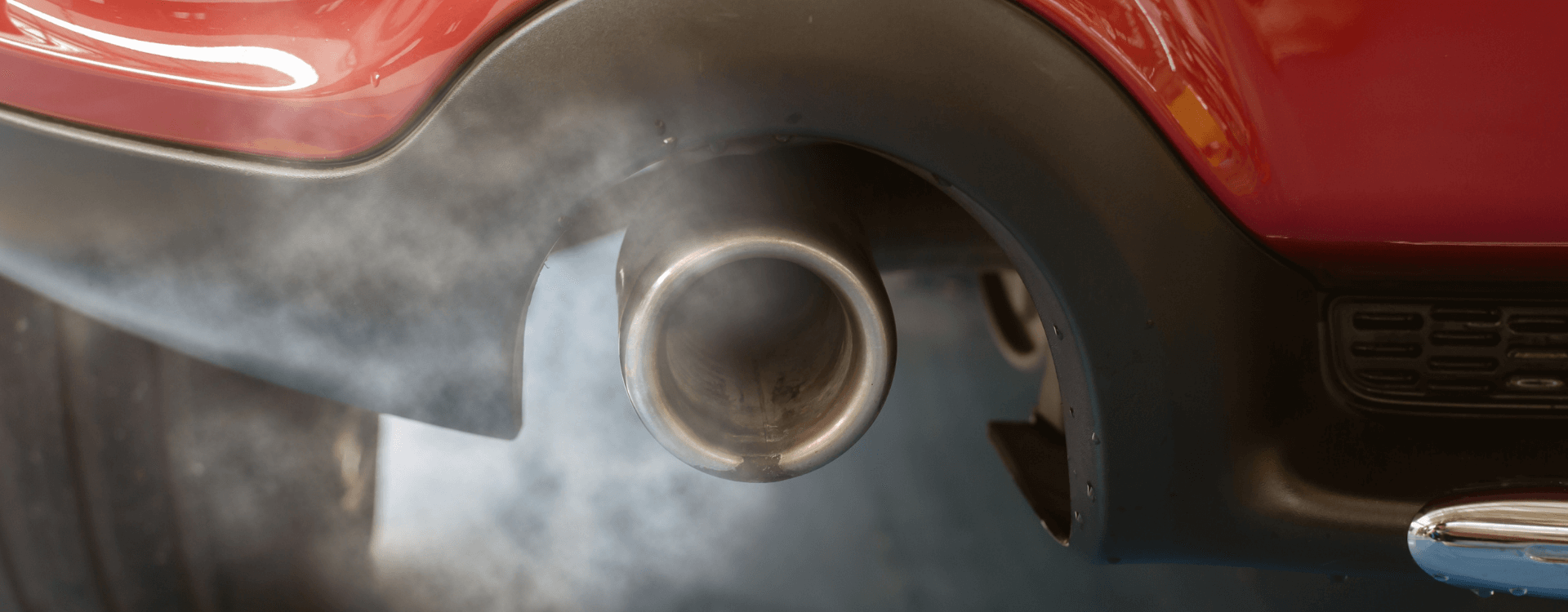 date_range 18 December 2023Read More
date_range 18 December 2023Read MoreSince the 1990s, the automotive industry has incorporated catalysts, AdBlue and measures to combat CO, HC and NOx in order to reduce its environmental impact, but the Euro 7 standards could pose new challenges.
-
 date_range 13 November 2023Read More
date_range 13 November 2023Read MoreEmphasis on the crucial need to identify the causes of particulate filter (DPF) or catalytic converter failures before replacing them, highlighting the importance of thorough checks, covering everything from sensors to glow plugs.
-
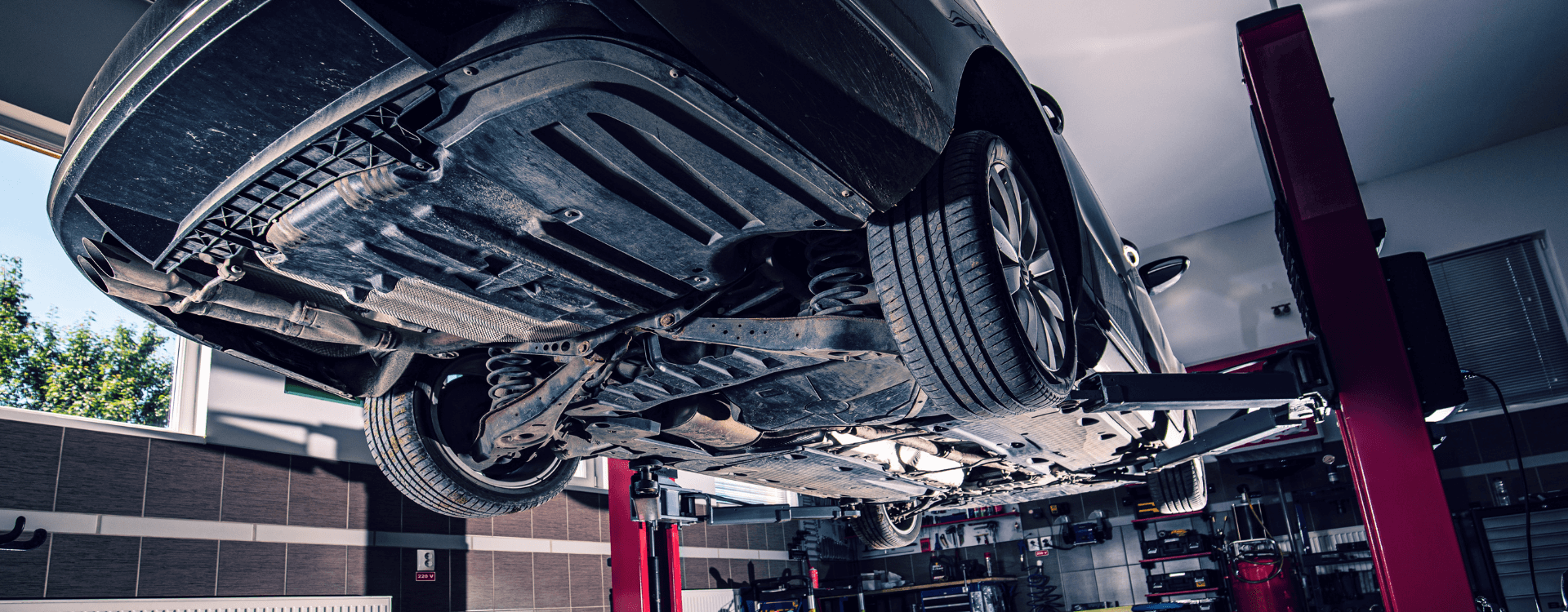 date_range 31 October 2023Read More
date_range 31 October 2023Read MoreModern, more environmentally-friendly cars require regular use to avoid breakdowns linked to particulate filters (DPF) and catalytic converters. The best way to prevent this is to drive long distances to keep these components in good working order, and to carry out regular maintenance.
-
 date_range 25 September 2023Read More
date_range 25 September 2023Read MoreThe automotive industry is experiencing shortages, inflation and problems linked to the transition to electric vehicles. Parts prices are rising, with uncertainties about the future, despite solutions being considered, notably for catalytic converters.
-
 date_range 27 July 2023Read More
date_range 27 July 2023Read MoreElectric cars: no pollution when driving, but manufacturing and recycling emit CO2. The transition to electric cars is underway, despite the challenges.
-
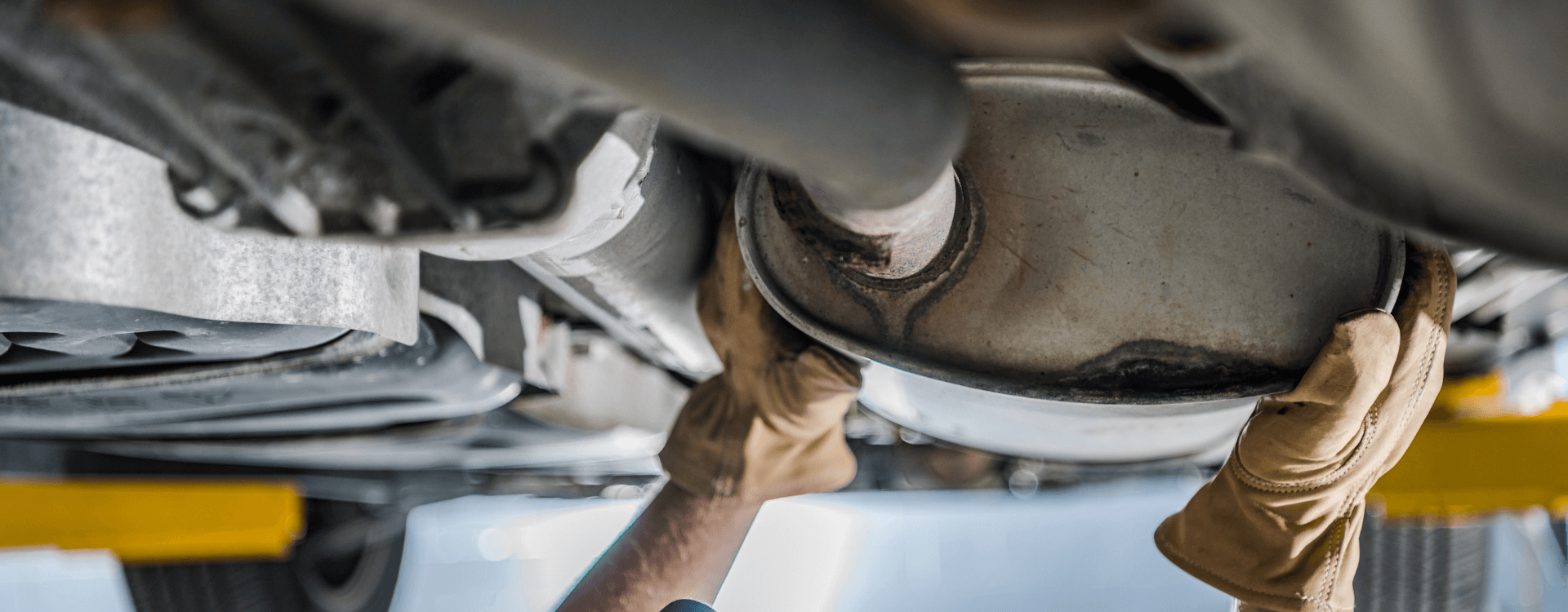 date_range 22 June 2023Read More
date_range 22 June 2023Read MoreFor a used car in good condition, replacing the catalytic converter is essential. It improves performance, reduces pollution and reassures potential buyers. Choose a quality catalytic converter at an affordable price for a worthwhile investment.
Search
